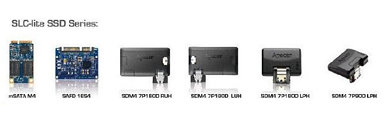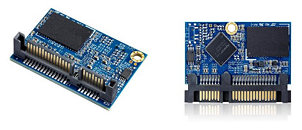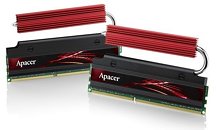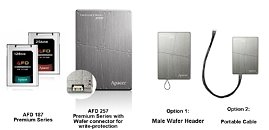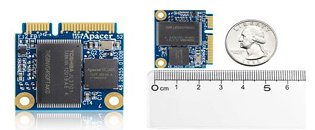Apacer Launches the "FlowerCandy" AH172 Mobile Flash Drive
People all around the globe are in a frenzy about Candy! So why not also sweeten your smartphone and tablet PC? Apacer rolls out the "FlowerCandy" AH172 Mobile flash drive dedicated to Android smartphones and tablet PCs supporting USB OTG (On-The-Go).
Taking the shape of a flower, the colorful AH172 "FlowerCandy" is like a love token for lovers! Whenever you want to share the video clips and photos in your mobile device, simply connect AH172 and in no time the files can be transferred successfully instead of a laptop to transport files. It is so quick and easy that AH172 "FlowerCandy" is your best buying option to share files as well as fun. The AH172 "FlowerCandy" comes in huge capacities: 8 GB, 16 GB and 32 GB, which add ultra-big storage to your smartphones/tablet PCs.
Taking the shape of a flower, the colorful AH172 "FlowerCandy" is like a love token for lovers! Whenever you want to share the video clips and photos in your mobile device, simply connect AH172 and in no time the files can be transferred successfully instead of a laptop to transport files. It is so quick and easy that AH172 "FlowerCandy" is your best buying option to share files as well as fun. The AH172 "FlowerCandy" comes in huge capacities: 8 GB, 16 GB and 32 GB, which add ultra-big storage to your smartphones/tablet PCs.




